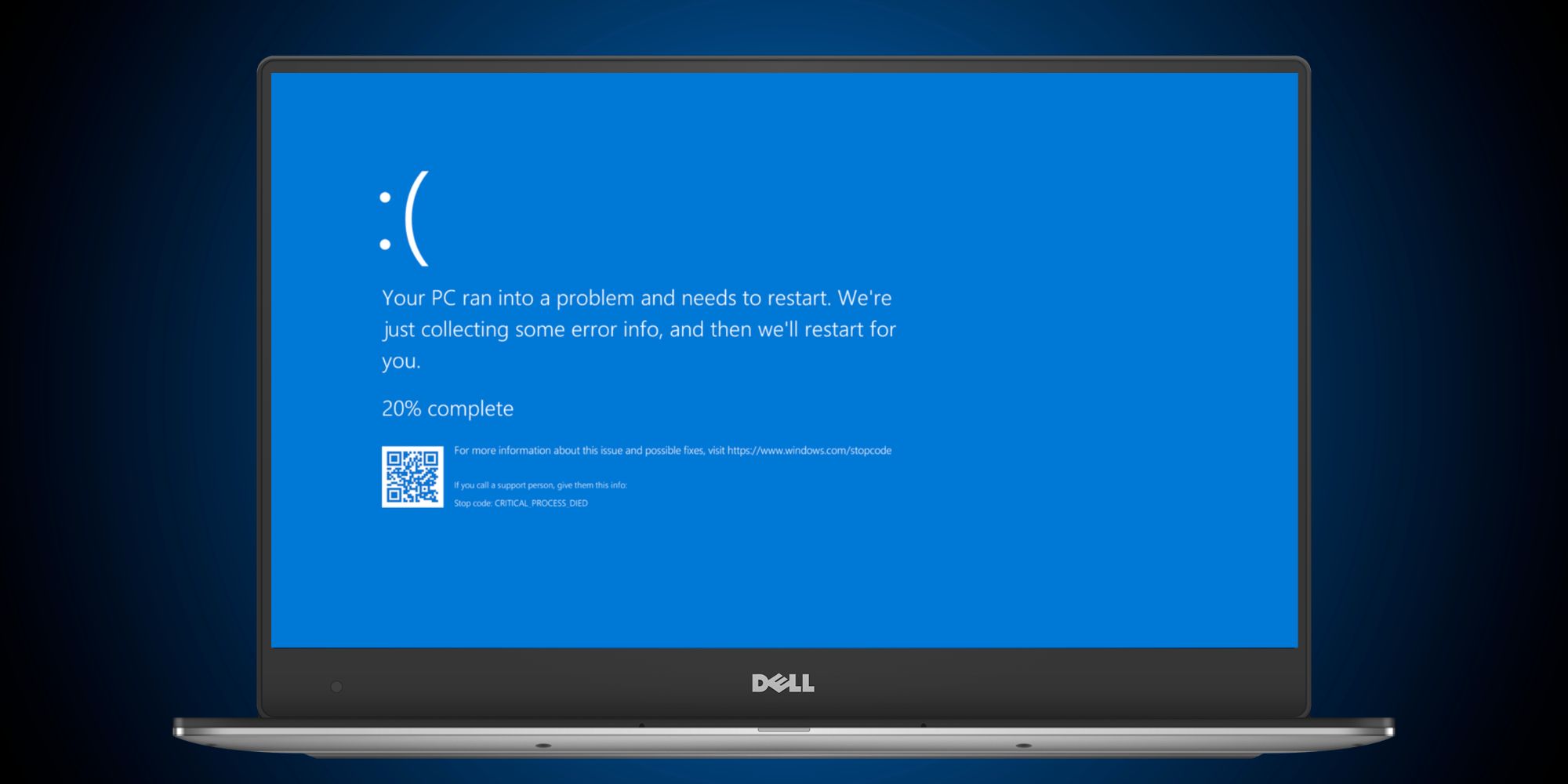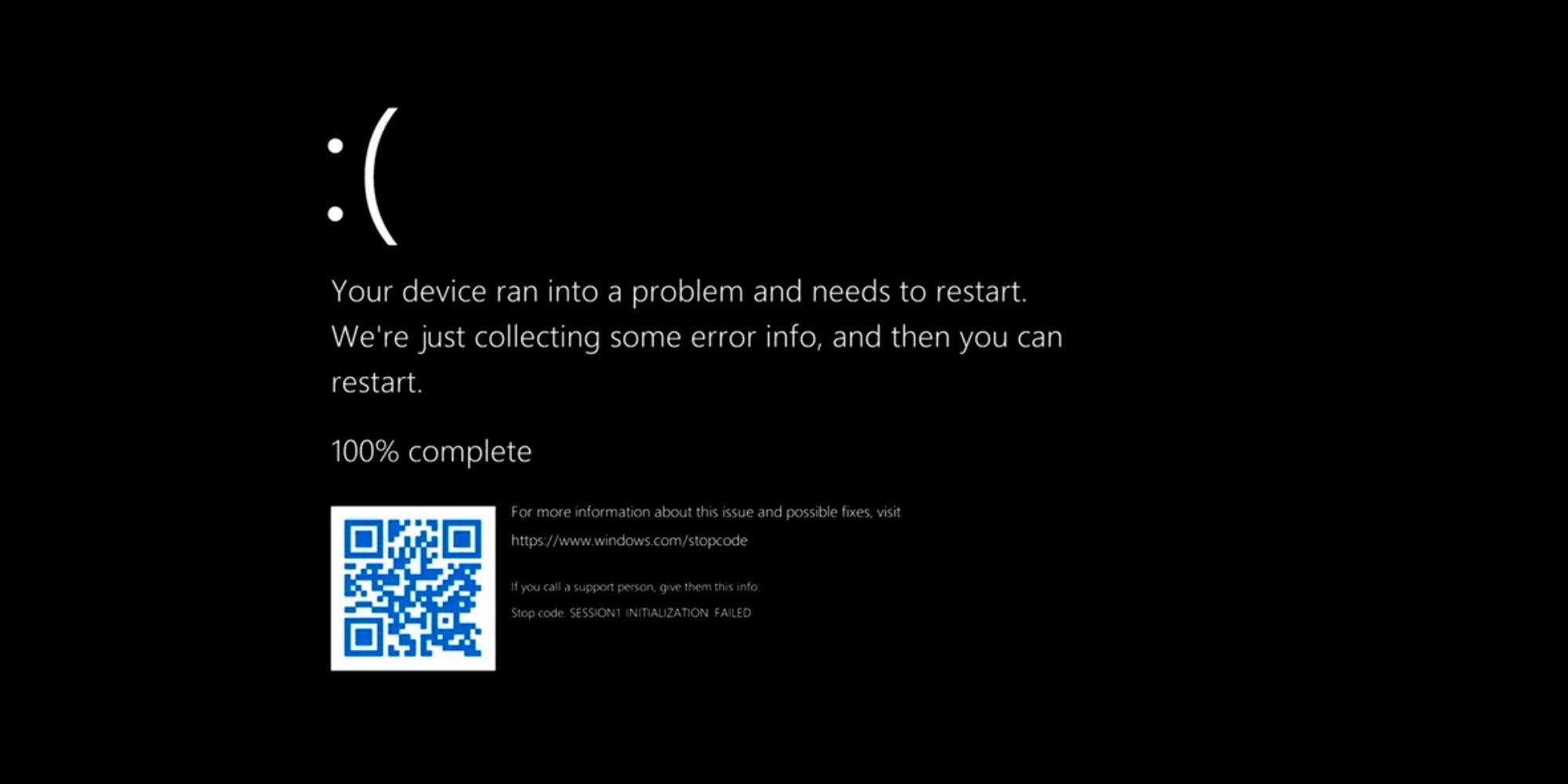Windows 11 includes a wealth of interface changes compared to Windows 10. As it's now been revealed, Microsoft has even gone to the extent of changing the appearance of the infamous blue screen of death.
The blue screen of death (often referred to as BSOD) was first added to Windows with the Windows 3.0 update in 1990. If the operating system crashes or runs into a serious hardware error, the BSOD appears to let users know something has gone wrong. It also stores high-level data about the crash so system administrators can look into the issue and see exactly what went wrong. It's something every Windows user has seen at one point or another, and when Windows 11 launches this fall, the BSOD will look distinctly different.
As first reported by The Verge, Windows 11 will remove the iconic blue color and replace it with black — thus creating a black screen of death. The updated design isn't currently live in the Windows 11 Insider Preview, but The Verge says it "understands Microsoft will be switching to a Black Screen of Death for Windows 11." Outside of the black color, the rest of the BSOD remains exactly the same. There's a sad face emoticon at the top of the screen, a QR code users can scan to get troubleshooting tips regarding the crash, and text that reads, "Your device ran into a problem and needs to restart. We're just collecting some error info, and then you can restart."
Why Microsoft Is Changing The Blue Screen Of Death
So the BSOD is changing from blue to black — but why? Although Microsoft hasn't provided an official statement regarding this decision, there are a couple of possible explanations for this. For one thing, Windows 11 also now features black paint jobs for the login and shutdown screens. A black screen of death fits in more seamlessly than a bright blue color, offering further continuity across the OS.
It's also possible this is just a change just for the sake of being different. Much of the Windows 11 update focuses on redesigning countless parts of the operating system, including the Start menu, Taskbar, File Explorer, Microsoft Office applications, etc. Microsoft wants Windows 11 to feel fresh and new in as many ways as possible. The BSOD is something users will inevitably see at one point or another, and when they do, it might as well appear just as flashy.
Outside of that, there's not much else to say. It'd be neat if Microsoft found a way to match the BSOD's color to someone's Windows 11 theme, but it doesn't really matter at the end of the day. The BSOD is still there, it'll still be annoying when it pops up in Windows 11, but at least it'll be a little easier on the eyes.
Source: The Verge


